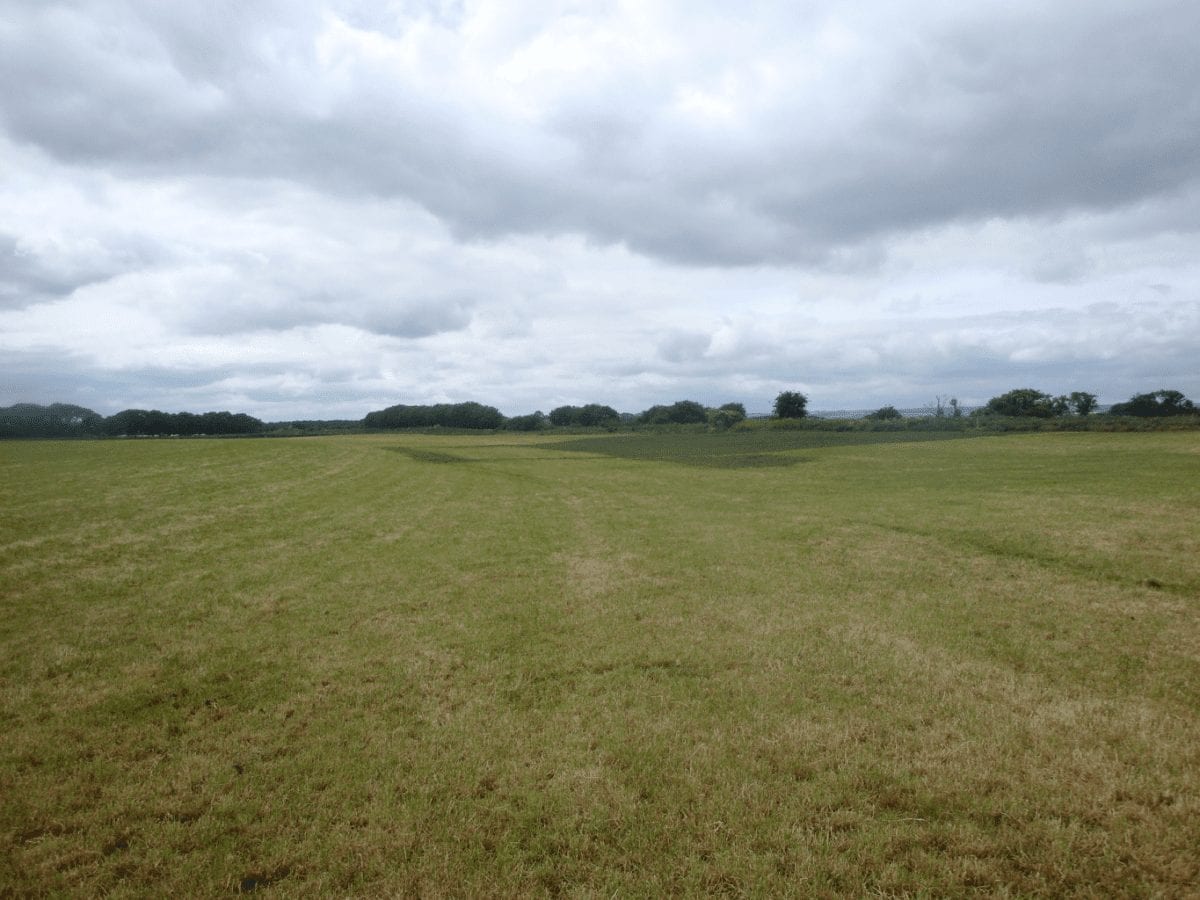Important archaeological remains at wetland sites across the world could be at immediate risk, say scientists at the University of York.
In the first study of its kind to assess how changing environmental and geochemical conditions affect the preservation of organic remains, scientists analysed bone and wood artefacts collected from the Mesolithic site of Star Carr, North Yorkshire. They then compared this to results from lab-based experimental burials.
Comparing changes in bone and wood buried in separate containers of sand, garden compost and Star Carr peat for a year, they found unexpectedly rapid levels of organic decay in the latter environment.
Such rapid decay is thought to be the result of acidic conditions caused by fluctuations in water levels at the site, caused by the changing climate and human modifications such as land drainage.
Although the very first excavations at Star Carr in the 1940’s revealed excellent preservation of organic materials, excavations from 2006-2007 by the Universities of York and Manchester showed an alarming level of both bone and wood deterioration, with bone samples found demineralised (known as ‘jellybones’) and wood found flattened and extremely crumbly.
However, little was known about the timescale of deterioration or how rapidly this had occurred, which limited the management strategies that could be put in place to protect the archaeology.
Now, researchers are urging the archaeological community to reassess the assumed tradition of preserving sites such as Star Carr in situ, and consider urgent excavations to retrieve valuable organic remains.
Dr Kirsty High, Research Fellow in York’s Department of Chemistry and lead author of the study, said: “The rapid deterioration of unique organic archaeological remains at Star Carr is an irreplaceable loss of our cultural heritage. Critically, the short time scale of this experiment highlights the alarming rate at which this process can occur, raising concerns for the continued survival of matter buried there and at other sites with similar conditions.
“It is imperative that we understand and monitor the environmental and geochemical conditions in wetland areas to determine the timescale for the future management and successful preservation of archaeological sites.”
Dr Kirsty Penkman, Senior Lecturer in York’s Department of Chemistry and co-author of the study, said: “As potential threats to wetlands – such as pollution and changes in land use – continue to occur on an unprecedented scale, it is increasingly likely that other waterlogged archaeological sites are at risk from similar processes to those seen at Star Carr.
“The severity of decay seen in artefacts is rapid and irreversible, and has global implications in informing and challenging the current policy of organic remains being preserved in situ – a method previously believed to best protect archaeological artefacts for future research.”
Important previous research at Star Carr includes a Postglacial project examining a unique Mesolithic engraved pendant, and the uncovering of incredibly rare headdresses made out of red deer skulls, thought to have been used in shamanic practices.
Dr High is set to continue research into the preservation of waterlogged archaeological remains in partnership with Historic England, to advise and transfer this new knowledge on organic matter survival at other wetland sites. Such research aims to ensure that scientific evidence is applied in the management of other sites across the UK and Europe.







